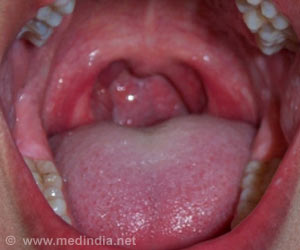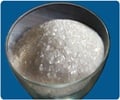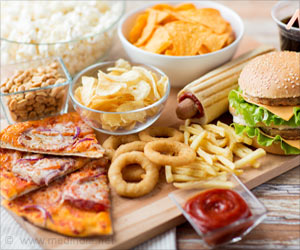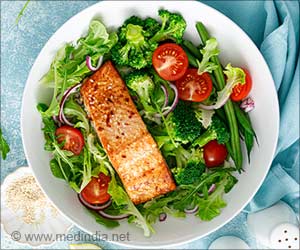Perception of sweetness may depend on molecular interactions between specific sugars (mannose, glucose, and fructose) and water in the saliva.

TOP INSIGHT
Understanding of sweetness depends on molecular interactions between specific sugars and water in the saliva. Scientists suggest that shorter hydrogen bonds with water may allow the sugar molecule to bind easily with the protein receptor, causing greater stimulation and perception of sweetness.
Sugars stimulate specific protein receptors on the taste buds of the tongue, which sends a signal to the brain that a food tastes sweet. But scientists don't know why we perceive some sugars as being sweeter than others. Because these interactions take place in saliva, which is mostly water, Maria Antonietta Ricci and colleagues wondered if water might play a role.
The researchers used a technique called neutron diffraction with isotopic substitution to probe the structures of mannose, glucose, and fructose in water. They found that none of the sugars substantially disrupted how water molecules interact with each other.
However, the three sugars interacted with water molecules in different ways. Mannose, the least sweet of the sugars, formed longer and weaker hydrogen bonds with water than glucose or fructose. Fructose, the sweetest of the sugars, formed the shortest and strongest hydrogen bonds with water.
The research team surmise that shorter hydrogen bonds with water could allow the sugar molecule to bind more snugly with the protein receptor, causing greater stimulation and perception of sweetness.
 MEDINDIA
MEDINDIA




 Email
Email




